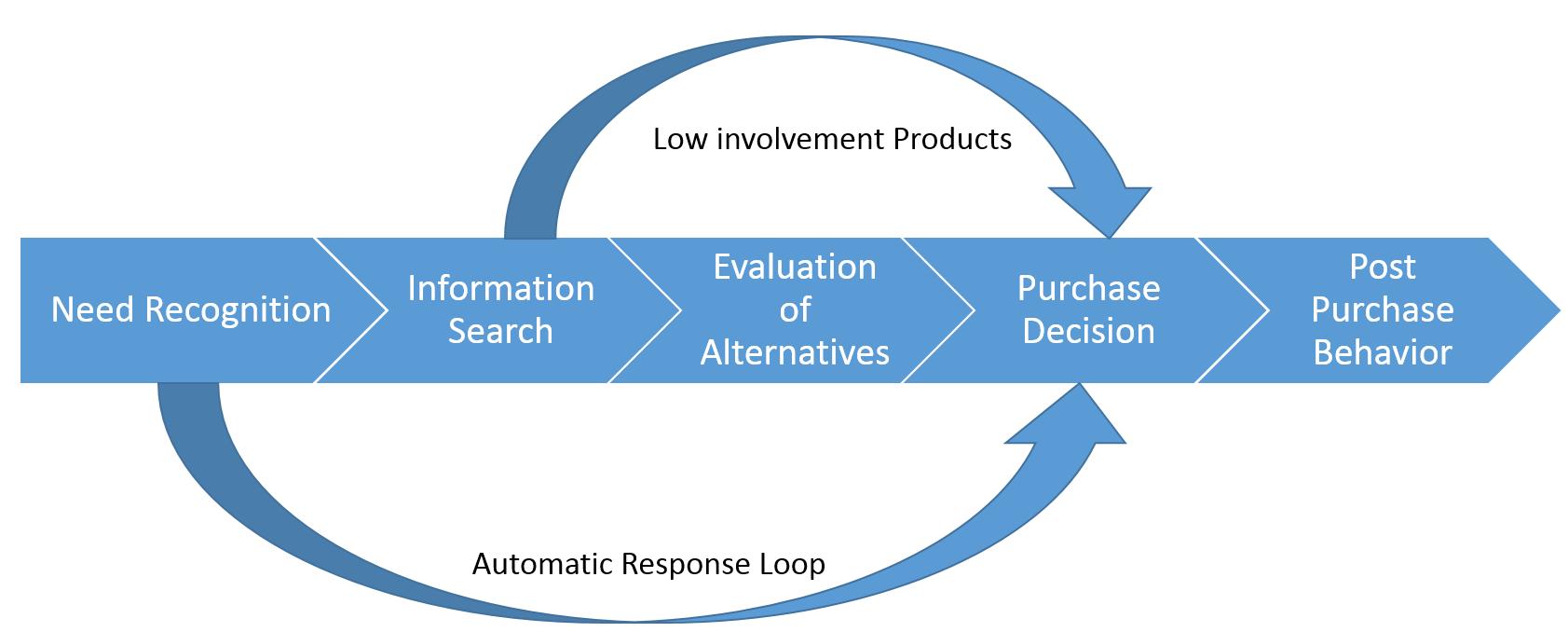Web, mobile, social media, tablets and economic uncertainty – Do we believe that our customer’s behavior is evolving. But are we responding to their new demands? Are we confident we understand what, why, where and when they want to buy travel? Do we really understand what makes them purchase from us and not our competitors?
Travel agents have a very demanding job of attracting a consumers attention. While it is easy to do it in person, an ‘online travel agent’ has to go deeper on understanding consumer belief, attitude, and behavior.
Beliefs are based on actual knowledge or perception or faith. According to Philip Kotler, people act on beliefs, therefore reinforcing belief is a very important matter for marketers. Belief influences attitude, where attitude is a person’s ability to behave in a consistent manner, positively or negatively towards a given object or idea. So, while attitude is the opinion of approval or disapproval towards something, behavior is an action or reaction that occurs in response to that feeling, belief or opinion. Thus attitudes are said to influence, explain and more importantly predict consumer behavior.
To understand the 3 factors that influence a travelers decisions, let’s first understand the buyer decision process.
The consumer decision making process consists of mainly five step. They are, need or problem recognition, information search, evaluation of alternatives, purchase and the post-purchase process. However, not all purchases require every step. A consumer can skip the evaluation of alternatives when considering low involvement products, and when a person is skipping information search and evaluation; it is referred to as an automatic response loop. We must have read about all the above processes but what is important to know here is how the post-purchase process is so important in shaping and or reversing customer belief.
In my last article hear me, know me and remember me, I had promised that I will dwell deeper into the aspect of the types of sites that travelers are inclined to during various stages of the purchase process, I guess now is a good time to explain that. According to a research done on 1800 respondents by the Cornell University School of Hotel Administration, many of them began by consulting an online search engine (Information Search stage) to see what is available in their intended destination. During the evaluation of alternatives stage, consumers gravitated towards sites like TripAdvisor to check for other consumers beliefs and reinforce their beliefs and other meta search sites like trivago to compare prices. But, when it was time to book, consumers have preferred to go to the brand sites or online travel agents to book.
To conclude, every destination (country, city, hotel or landmark) has an image, whether negative or positive, which is in the hand of the marketer to either change or maintain to be able to attract its target group. Even though the destination image might not be precise, in the eye of the potential tourist, it does nonetheless provide linked set of beliefs and attitudes which can be further enhanced by word of mouth, pictorial references, and destination publicity, thus influencing the travelers buying decision.



